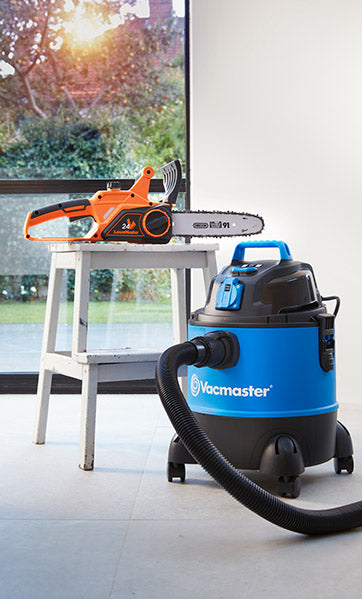-
Free Next Day Delivery
-
Buy Direct from the Makers
-
UK Customer Support
A Simple Guide to L, M & H Class Dust Extractors
3 Min Read
- Buying Guide
- Features Explained
Share

What is an L Class, M Class and H Class Dust Extractor?
This is one of the most common questions our customers ask. To help answer this, we’ve put together a simple guide to take you through what you need to know.
M Class in the Workplace
In the construction industry, health & safety is understandably key. There are so many hazards on building sites that employees’ personal health and safety can be at risk.
One of the most significant hazards that workers face is from construction dust created by power tools. If you can see dust then you’re probably breathing it in. Long-term exposure to certain dusts can lead to chronic illnesses such as lung disease, silicosis and cancer. As such, the HSE (the government run Health & Safety Executive) have made dust a primary focus, giving out fines of up to £2000 where inefficient, incorrect, or no dust extraction is being used.
To keep everyone safe, it’s crucial that your tools are right for the job. Having a vacuum cleaner with a certified level of dust extraction is a vital part of this. It not only keeps you within the law, but also minimises your exposure and keeps the potentially harmful dust particles safely contained.
There are three levels of classification; low, medium and high. Each level is suitable for extracting certain materials. The type of dust you’re working with and how harmful it is, determines the level of classification.
‘L’ Class extractors are suitable for lower toxicity dusts such as soft woods (cedar, pine, yew), while ‘M’ Class extractors, being the next step up, are used for hard woods, bricks and concrete. ‘H’ Class vacuum cleaners have the highest level of filtration and are used to extract extremely harmful materials such as asbestos, formaldehyde and even carcinogenic substances.
The table below is a quick guide to which level of classification is suitable for which materials. A more comprehensive guide can be found on the HSE website.
DUST CLASSIFICATION TABLE
| DUST CLASS | DUST CATEGORY | OCCUPATIONAL EXPOSURE LIMITS (mgm3) | FINAL FILTER EFFICIENCY % |
|---|---|---|---|
| L | Soft woods, gypsum, plasterboard, Corian | >1 | >99 |
| M | Hard woods, paint, plastics, concrete, brick | >0.1 | >99.9 |
| H | Lead,carbon, tar, asbestos, formaldehyde, mould, bacteria, copper, nickel | <0.1 | >99.995 |
Other Benefits
Of course, staying safe in the workplace isn’t the only benefit of having an L-class 110V vacuum cleaner. Some professional and industrial models also feature a power take-off facility. This allows you to plug your power tool directly into the vacuum cleaner, automatically turning it on and off with the switch on your tool. In a busy working environment this means you can vacuum as you work, saving vital time.
Our Vacmaster 110V L-Class vacuum cleaner comes with a power tool take-off socket and also features delayed shut-off. This is where the vacuum continues to run for around five seconds after the power tool has been switched off, to clear both the tool and hose of any remaining dust.
How to Identify a Classified Vacuum Cleaner
L-class & M-class dust extractors that have been certified as meeting HSE standards are easy to spot. The level of classification should be prominently displayed in the form of a sticker attached to the machine (see our picture above). If it doesn't have the sticker and you're in doubt as to whether it's classified or not, contact the the manufacturer. They should be able to provide a certificate of classification. To earn their certificates, vacuum cleaners must be equipped with approved filters which have passed through a specialised test at an accredited institute to ensure that they're fit for purpose. The higher the level of classification, the more tests it will have passed through, with more specialised equipment. For this reason, you can expect to pay more for a classified machine than you would for a standard household vacuum cleaner.
Don’t leave it there! If you have any comments or questions, please send us an email at sales@cleva-uk.com.
